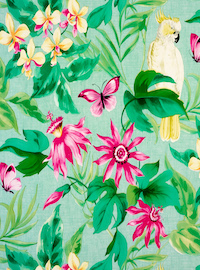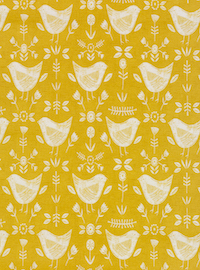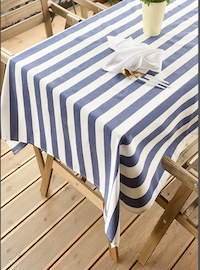What is Oilcloth?
Possibly the most asked question asked to us is 'What is the difference between your Tablecloths?'
Unfortunately, over the years the difference has become a bit clouded as modern oilcloth is nothing like it was many years ago.
Oilcloth use dates back to the 18th Century where it used linen as a base cloth and was then coated with linseed-oil, hence the name oilcloth, it has also been called oilskin. Used as a table-covering and as a floor covering. Unfortunately, this method meant the cloth became quite brittle.
Fast forward to now and we have Oilcloth, PVC Vinyl and acrylic fabric. So let͛s have a quick look at the differences:
Oilcloth
Modern oilcloth is now traditionally a cotton, linen or poly-cotton base fabric. It is then coated with a PVC laminate which gives it its wipeclean properties. Oilcloth can be sewn together and is extremely popular with crafters who make oilcloth bags, aprons, peg bags and even iPad covers.
PVC Vinyl
Often mistakenly called Oilcloth PVC Vinyl is a patterned or plain piece of PVC with a thin, soft nylon backing on it. Traditionally cheaper than Oilcloth and Acrylic it is perfect for indoor and outdoor use. Like Oilcloth PVC Vinyl Tablecloths can also be sewn with and make perfect bags, aprons and even food mixer covers.
Acrylic
Acrylic has been around for quite a while on the continent but is still relatively new in the UK. Rather than having a PVC laminate the acrylic is added by infusing the heat treated acrylic powder into the fabric. The acrylic is still resistant and wipeclean but offers a more natural feel than oilcloth and PVC Vinyl. The base fabric is normally cotton, linen or poly-cotton.
Like Oilcloth and PVC Vinyl Acrylic fabric can also be used for various crafting projects.
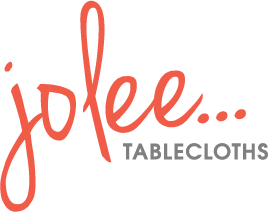
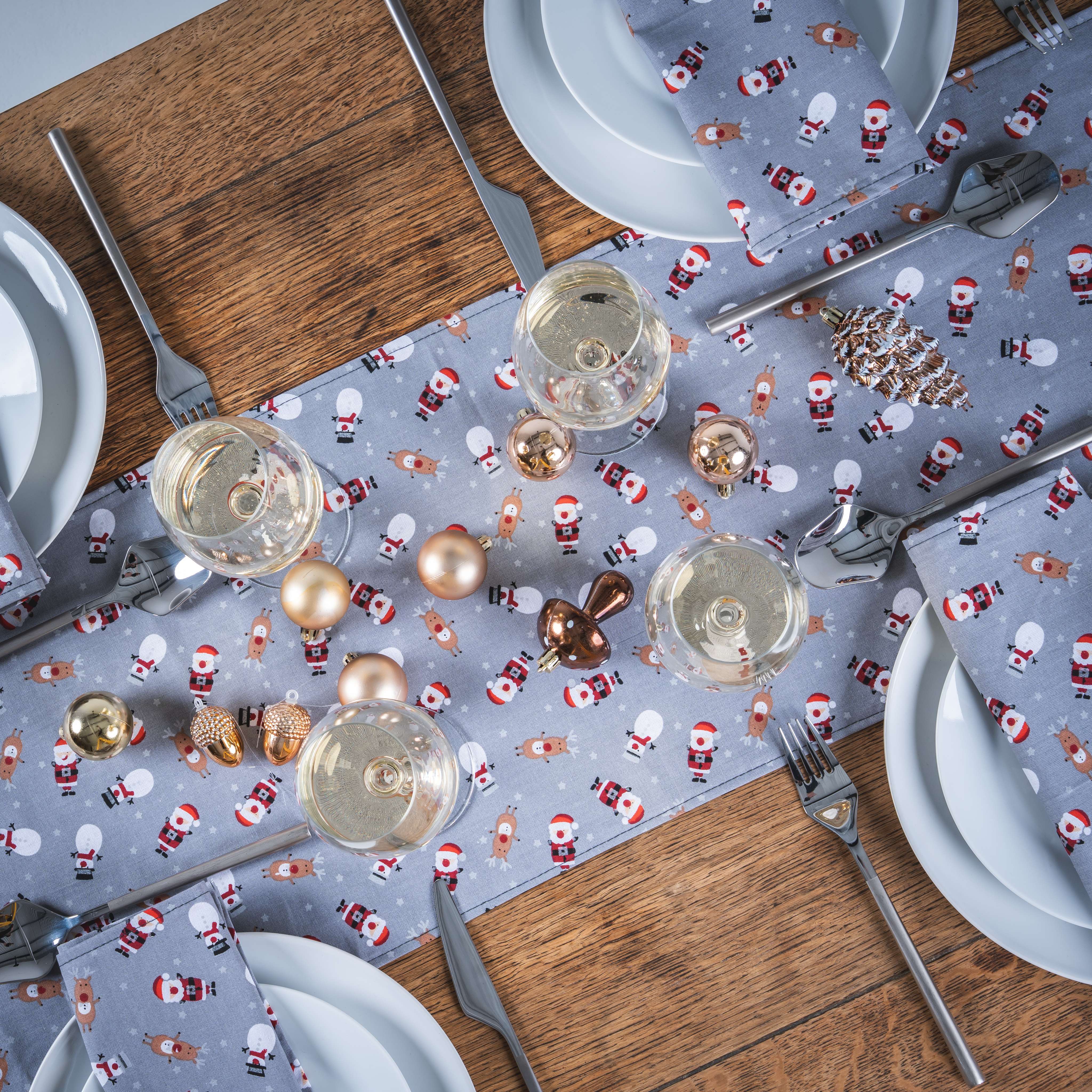
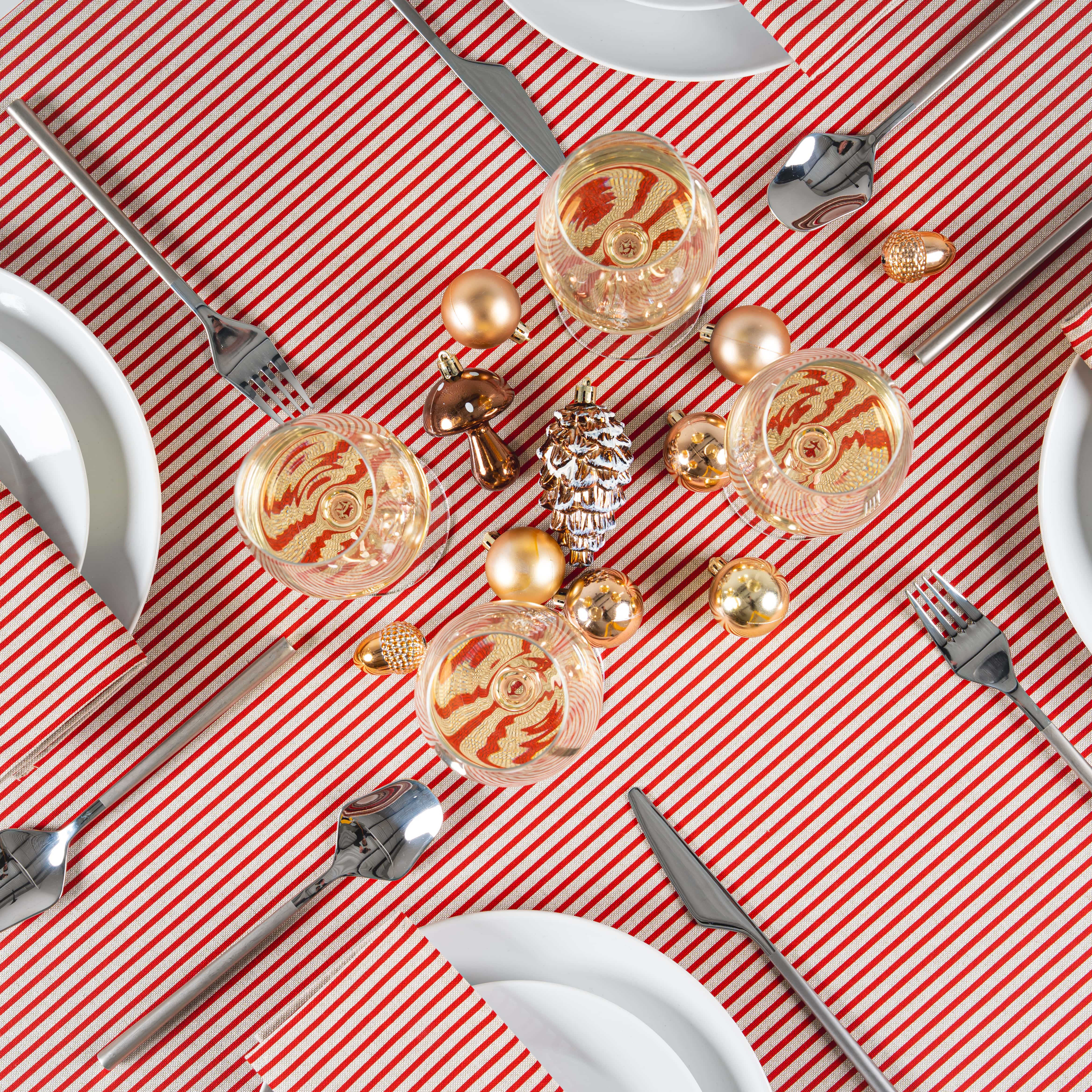
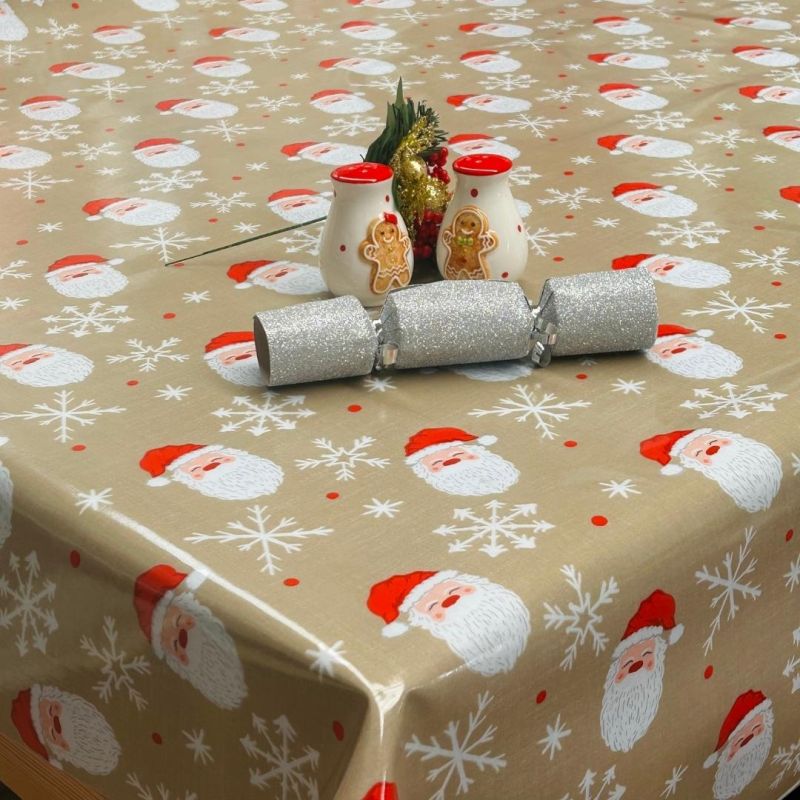 CHRISTMAS
CHRISTMAS